Description
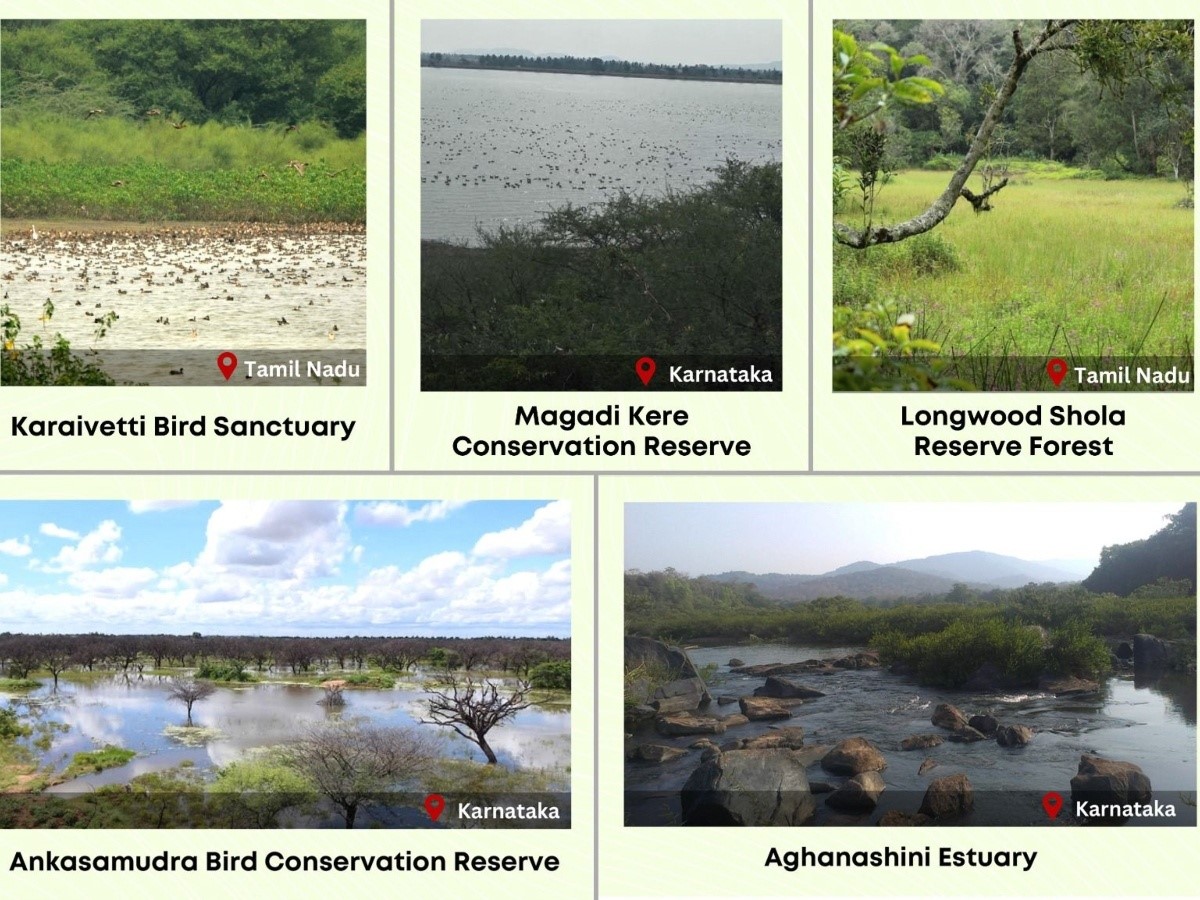
Copyright infringement not intended
Picture Courtesy: https://www.news18.com/lifestyle/world-wetlands-day-2024-history-significance-and-5-new-ramsar-sites-in-india-8762832.html
Context: India has increased its tally of Ramsar sites to 80 by adding five more wetlands to the list on the eve of World Wetlands Day 2024.
Key Highlights
- The announcement was made on the eve of World Wetlands Day, celebrated globally on February 2nd each year. The theme for World Wetlands Day 2024 is 'Wetlands and Human Wellbeing,' emphasizing the critical role wetlands play in enhancing human lives.
- Location of New Ramsar Sites: Three sites (Ankasamudra Bird Conservation Reserve, Aghanashini Estuary, Magadi Kere Conservation Reserve) are in Karnataka. Two sites (Karaivetti Bird Sanctuary and Longwood Shola Reserve Forest) are in Tamil Nadu.
- Tamil Nadu continues to have the maximum number of Ramsar Sites (16 sites), followed by Uttar Pradesh (10 sites).
- India is one of the Contracting Parties to the Ramsar Convention, signed in Ramsar, Iran, in 1971.
- The number of Ramsar sites in India has increased from 26 to 80 in the last ten years, with 38 added in the last three years alone.
|
5 newly designated Ramsar Sites
|
|
Ankasamudra Bird Conservation Reserve, Karnataka
|
- A human-made village irrigation tank spread over 98.76 hectares, home to over 240 species of birds, including over 30,000 water birds that nest and roost there.
- It also supports more than 1% of the biogeographic population of Painted Stork and Black-headed Ibis.
|
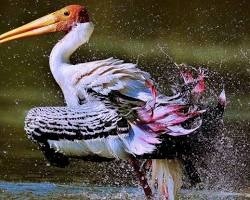 |
|
Aghanashini Estuary, Karnataka
|
- Formed at the confluence of the Aghanashini River with the Arabian Sea, covering an area of 4801 hectares.
- It provides diverse ecosystem services, including flood and erosion risk mitigation, biodiversity conservation, and livelihood support.
- The estuary also supports over 43,000 waterbirds of over 66 species.
|
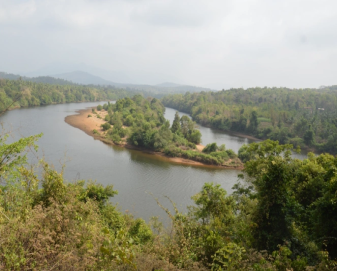 |
|
Magadi Kere Conservation Reserve, Karnataka
|
- A human-made wetland nearly 50 hectares in size, home to over 166 species of birds, of which 130 are migratory.
- It harbours two vulnerable species and four near-threatened species, and nearly 8,000 birds visit the site during winter.
|
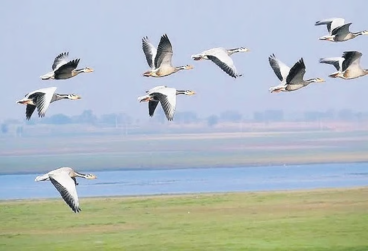 |
|
Karaivetti Bird Sanctuary, Tamil Nadu
|
- One of the largest inland wetlands in Tamil Nadu, covering an area of 453.72 hectares.
- It is a significant source of groundwater recharge for the area and provides water for agriculture.
- Karaivetti has one of the largest congregations of waterbirds in Tamil Nadu.
|
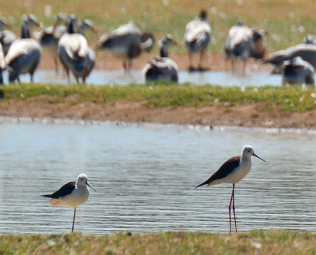 |
|
Longwood Shola Reserve Forest, Tamil Nadu
|
- Derives its name from the Tamil word for "tropical rainforest".
- Home to a variety of endemic bird species, including the globally endangered Black-chinned Nilgiri Laughingthrush, Nilgiri Blue Robin, and vulnerable Nilgiri Wood-pigeon.
|
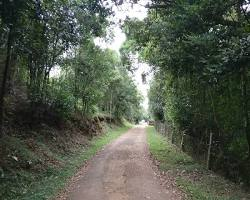 |
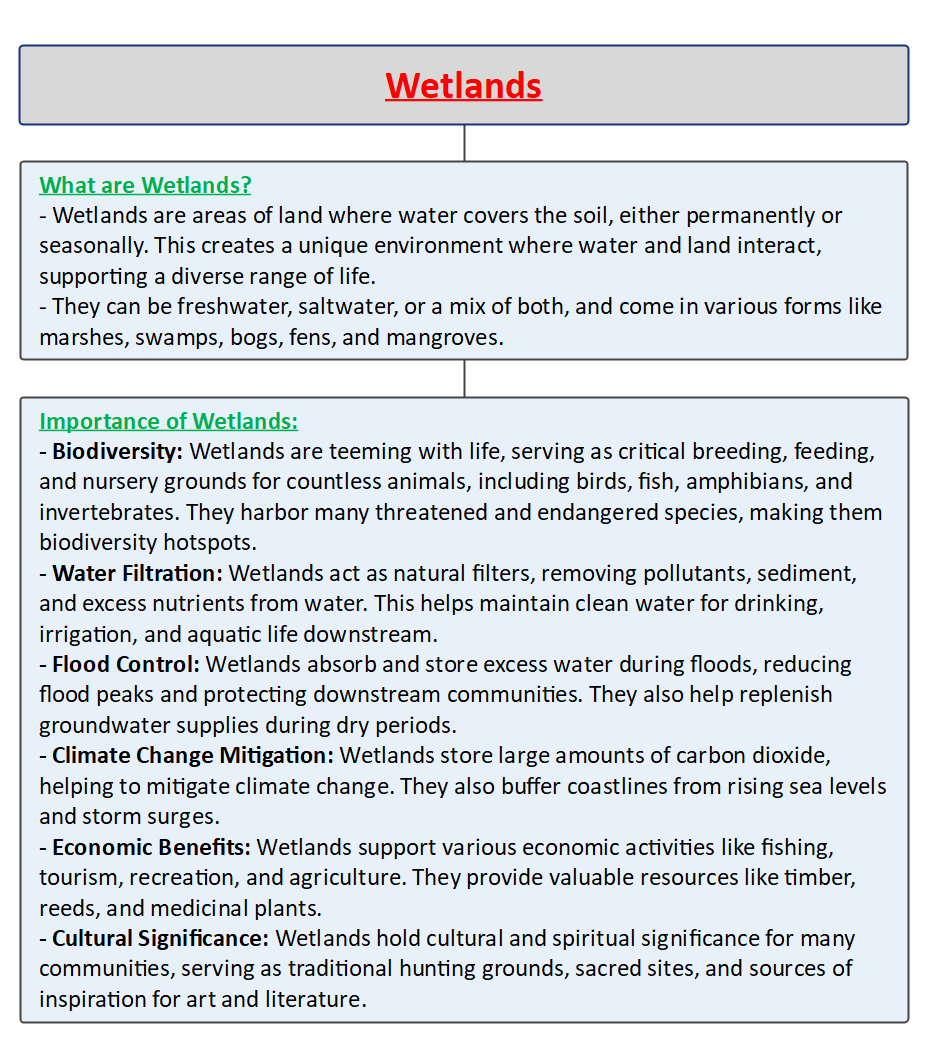
Must Read Articles:
WORLD WETLAND DAY: https://www.iasgyan.in/daily-current-affairs/world-wetland-day
WETLAND TOURISM: https://www.iasgyan.in/daily-current-affairs/wetland-tourism
RAMSAR SITES: https://www.iasgyan.in/daily-current-affairs/ramsar-sites-24
|
PRACTICE QUESTION
Q. Wetlands are both vulnerable to and play a role in mitigating climate change. Discuss the specific challenges faced by different wetland types due to rising temperatures, altered precipitation patterns, and sea-level rise. What are some innovative approaches being explored to protect and restore wetlands in the face of a changing climate?
|


















